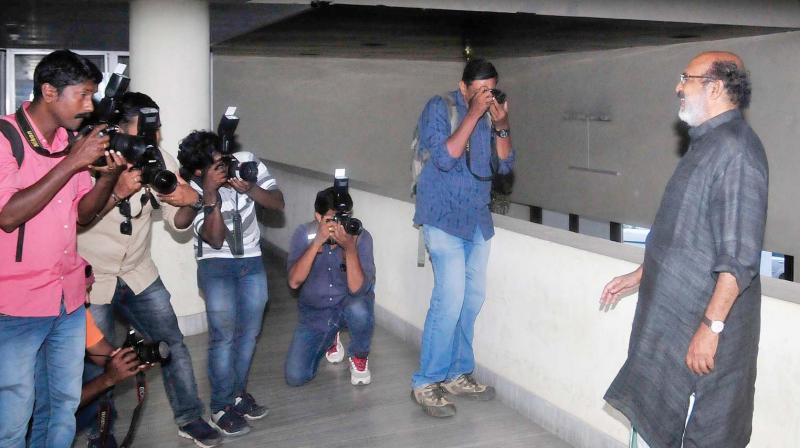Thomas Isaac paints a grim picture of economy
There was a decline of 2.8 percent in coconut production during 2017-18 over 2016-17.

THIRUVANANTHAPURAM: The economic review-2018 presented by Finance Minister Thomas Isaac in the Assembly on Wednesday painted a grim picture of various sectors in the state following the massive floods of August last year. Agriculture sector was affected badly. The number of buildings to be rebuilt is the highest in Thrissur district followed by Ernakulam and Alappuzha.
Excess rainfall of 196 percent of the Long Period Average (LPA) was recorded. The rainfall during the winter period of January -February 2018 was deficient with a departure of -30 percent from the normal.
"The agriculture sector was hit by the extreme rainfall of July-August 2018. The crop loss subsequent to the floods is estimated at Rs 3,558 crore. Steps have been taken by the government to mitigate the impact by providing financial and technical assistance," says the review.
The damage assessment of housing following the 2018 floods has been captured by the Local Self-Government Department (LSGD) using the 'Rebuild Kerala' mobile application. Data compiled until October 4, 2018, shows that a total of 17,316 houses would have to be rebuilt. These include completely destroyed buildings and those that have suffered damage beyond repair. Another 2,16,917 houses need repair and retrofitting. Land has also been completely lost at 947 locations. Many houses were completely destroyed in landslides, mostly in Idukki, Wayanad and other districts. Ernakulam district has the highest number of affected buildings. Most of the damaged buildings in Ernakulam have up to 15 per cent damage.
There was a decline of 2.8 percent in coconut production during 2017-18 over 2016-17. As per the Coconut Development Board statistics during 2016-17, among the four major coconut producing states in the country, Kerala stands first with respect to area and production. But in productivity it is fourth next to Tamil Nadu, Karnataka and Andhra Pradesh.
In the education sector, Kerala has achieved near zero drop-out rate. But it still requires some serious interventions to enhance academic quality at school as well as higher education levels, and to make education even more inclusive at all levels.
"Some of the areas that need interventions are imparting skills for employability through education, improving academic achievement, updating syllabi by paying heed to emerging demands both at the local levels, and designing new training programmes for teachers to raise the standards of teaching and learning in educational institutions," says the ER.
It also states that specifically designed programmes, with professional expertise and assistance, are needed to address the needs of children with disabilities. The flow of students from unaided schools to government and government-aided schools during the last two years is a signal that government initiatives have widely been accepted. There has been a good start to quality enhancement in the public schools of Kerala, as reflected in the latest National Achievement Survey (NAS). As per the NAS, the performance of students of Kerala is significantly above the national average in all subjects in all classes except science and social science in eighth grade. The dropout ratio of SC/ST students has also significantly declined over these years. Though dropout ratio of ST students is still higher than that of students from other categories, the status of SC students has improved.
The Kerala Infrastructure Investment Fund Board (KIIFB), a Special Purpose Vehicle (SPV) intended to overcome this backwardness in investment has approved 468 projects till now with PWD getting the maximum amount. While the Detailed Project Report had estimated Rs 11, 533.52 crore, the government had approved Rs 10, 136.77 crore towards the various development works under PWD.

